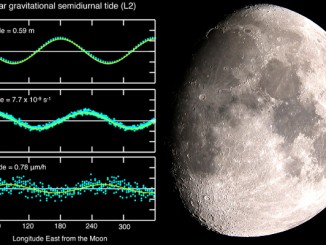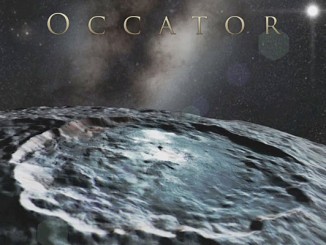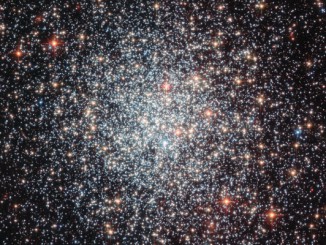
Month: January 2016


See the Moon meet Mars in the pre-dawn of 1 February
As avid skywatchers will already know, all of the bright naked-eye planets are currently visible in the pre-dawn sky — the first time in eleven years that such an alignment has occurred. At 6am GMT on Monday, 1 February, the last quarter Moon in the constellation Libra lies just 2½ degrees from magnitude +0.8 planet Mars low in the south for UK observers.

Phase of the Moon affects amount of rainfall
When the Moon is high in the sky, it produces bulges in the Earth’s atmosphere that create measurable changes in the amount of rain that falls below, according to new research. But no-one should carry an umbrella just because the Moon is rising — even in the tropics, average rainfall rates are only increased by 1/10,000 of an inch per hour.

Understanding the magnetic Sun
The Sun’s magnetic field is responsible for everything from the solar explosions that cause space weather on Earth — such as aurorae — to the interplanetary magnetic field and radiation through which our spacecraft journeying around the solar system must travel. But even now, scientists are not sure exactly where in the Sun the magnetic field is created.

New Horizons reveals Pluto’s widespread water ice
Data from NASA’s New Horizons spacecraft point to more prevalent water ice on Pluto’s surface than previously thought. Water ice is Pluto’s crustal “bedrock,” the canvas on which its more volatile ices paint their seasonally changing patterns. The new false-colour image is derived from observations in infrared light by the probe’s Ralph/Linear Etalon Imaging Spectral Array.

Take a colourful virtual flight over dwarf planet Ceres
A new animation showing a simulated flight over the surface of dwarf planet Ceres using images from NASA’s Dawn spacecraft in its high-altitude mapping orbit has been produced by members of Dawn’s framing camera team at the German Aerospace Center, DLR. The movie emphasises the most prominent craters, such as Occator, and the tall, conical mountain Ahuna Mons.


Moon was produced by head-on collision between Earth and forming planet
The Moon was formed by a violent, head-on collision between the early Earth and a “planetary embryo” called Theia (pronounced THAY-eh) approximately 100 million years after the Earth formed, UCLA scientists reveal. This new research also refutes the work of a team of German scientists who, in 2014, reported that the Moon also has its own unique ratio of oxygen isotopes, different from Earth’s.

Monstrous “Smith Cloud” boomerangs back to the Milky Way
New Hubble observations suggest that an immense cloud of hydrogen gas was launched from the outer regions of the galactic disc around 70 million years ago and is plummeting back toward our galaxy at nearly 700,000 miles per hour. If this so-called “Smith Cloud” could be seen in visible light, it would span the sky with an apparent diameter 30 times greater than the size of the full Moon.

Globular clusters make new stars by ‘adopting’ stray cosmic gases
An international research team of astronomers has, for the first time, found young populations of stars within globular clusters that have apparently developed courtesy of star-forming gas flowing in from outside of the clusters themselves. This method stands in contrast to the conventional idea of the clusters’ initial stars shedding gas as they age in order to spark future rounds of star birth.
